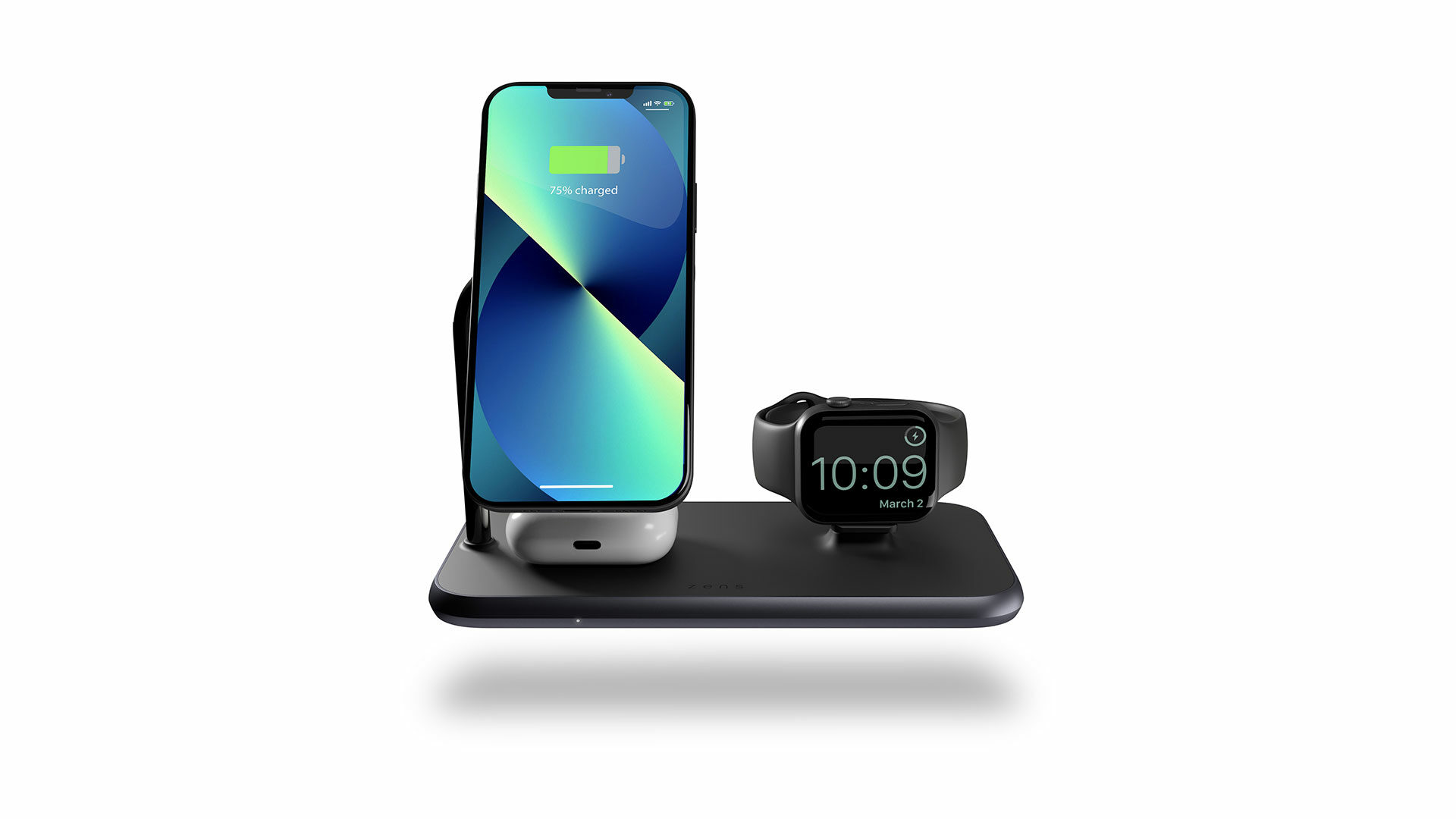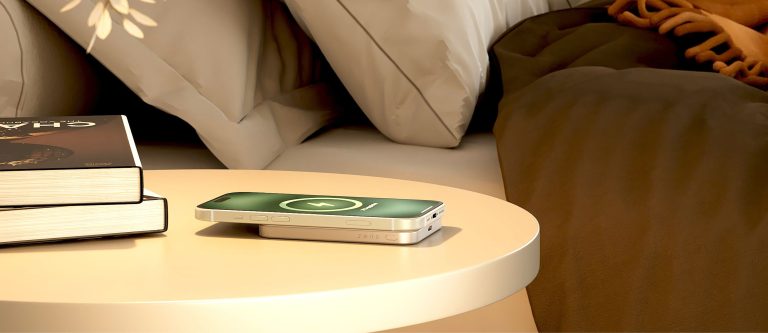More and more smartphones are coming onto the market without buttons, audio ports or charging ports. Companies like Motorola, Xiaomi and Vivo, among others, are firmly committed to going wireless charging.
Will portless smartphones become the new standard?

Xiaomi
Xiaomi, currently the number three in the smartphone market, replaced buttons and ports of their new phone with pressure-sensitive sensors and an eSIM and followed the design of their buttonless competitor, the Huawei Mate 30 Pro.
Meizu
The Chinese smartphone maker Meizu has presented the Zero, a smartphone without ports and openings. Charging is wireless, while the phone only has an e-SIM to connect to mobile networks. Like Xiaomi, Meizu replaced the Power and Volume buttons for touch-sensitive parts of the side with haptic feedback. Due to this combination of techniques, there is no opening for everyday speakers, SIM card slot and USB port.
Vivo
Challengers in the smartphone market also believe in the power and convenience of wireless charging. The new Chinese manufacturer Vivo has shown a new smartphone with a camera processed under the screen. The Apex device does not have a single connection port and can charge extra fast wirelessly.
Like last year’s concept, the phone has no ports and, according to Vivo, can charge at 60 Watts, with a battery of 2000 mAh in 20 minutes could be fully charged.
Will Apple follow?
Rumour has it that iPhone is working on portless devices as well. Several phone manufacturers are working on smartphones that seem to consist almost entirely of the screen and no longer have buttons and ports. They just presented the iPhone 13 with ports and MagSafe. So maybe this will be their prominent feature for the iPhone 14?
Conclusion
Wireless charging provides more convenience. You no longer have to look for your cable; you simply place your device on the Qi charging pad, and you can enjoy your life. The number of phones that remove their charging ports from the design of their new phones is following each other at an increasing pace. We, therefore, fully believe that wireless charging will become a design standard in the market.



